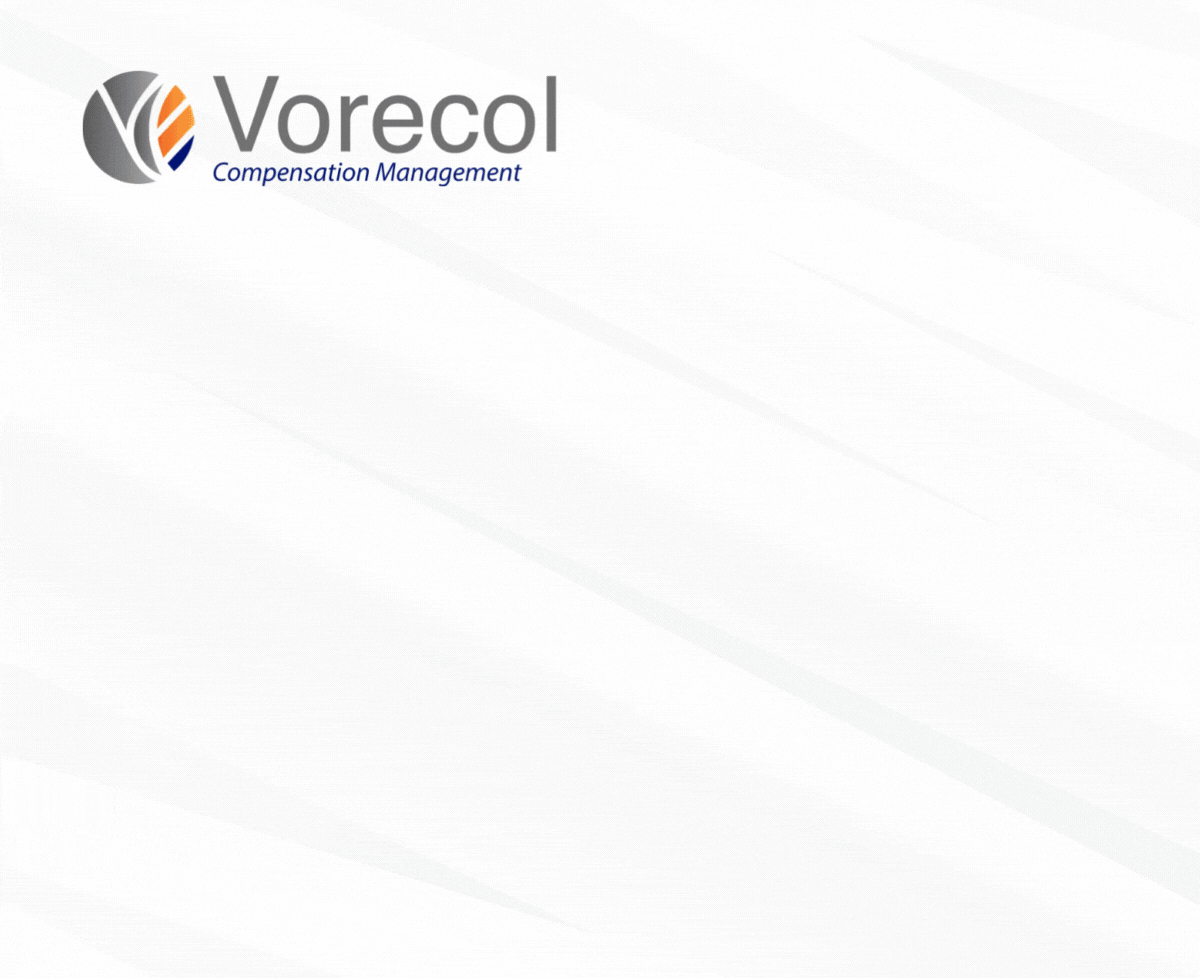Case Studies: Successful Software Implementations for Enhancing Employee Wellness

- 1. Introduction to Employee Wellness in the Workplace
- 2. Key Challenges Faced by Organizations
- 3. Detailed Case Study: Company A’s Journey to Wellness
- 4. Analyzing the Impact of Software Implementations
- 5. Employee Feedback and Engagement: Success Stories
- 6. Best Practices for Implementing Wellness Software
- 7. Future Trends in Employee Wellness Solutions
- Final Conclusions
1. Introduction to Employee Wellness in the Workplace
Imagine walking into an office where the air buzzes with energy, laughter fills the hallways, and employees genuinely look forward to their day. Sounds dreamy, right? Well, it’s becoming increasingly clear that employee wellness plays a crucial role in shaping such an environment. In fact, a recent study found that organizations emphasizing health and wellness in the workplace are not only more productive but also see a 25% reduction in staff turnover. This underscores a simple truth: when employees feel supported and valued, they thrive, leading to a ripple effect of positivity throughout the entire organization.
To foster this vibrant atmosphere, companies are turning to innovative solutions that streamline and enhance their wellness initiatives. Enter tools like Vorecol compensation in the cloud, a module designed to manage compensation and benefits seamlessly. By integrating such technology into their HR processes, employers can ensure that employees receive the support they need, from personalized benefits to transparent communication about wellness resources. The bottom line is clear—str investing in employee wellness isn’t just a trend; it’s a powerful strategy that pays dividends in employee satisfaction and company success.
2. Key Challenges Faced by Organizations
Imagine being the CEO of a thriving company, yet every month, a staggering 30% of your team expresses dissatisfaction with their compensation packages. This isn't just an anomaly; it's a common predicament many organizations face. In today’s fast-paced business landscape, retaining top talent is becoming increasingly challenging. Companies must navigate the delicate balance between competitive salaries, enticing benefits, and employee engagement. These challenges can lead to significant turnover costs and a decline in morale.
To tackle these issues head-on, organizations are increasingly leaning on innovative solutions to streamline their compensation management. One standout option is Vorecol's compensation module, integrated within their HRMS platform. By offering a comprehensive and transparent view of compensation structures, managers can make informed decisions that align with market standards and foster employee satisfaction. As organizations face ongoing challenges in attracting and retaining talent, tools like this can transform not just how compensation is handled, but also how teams feel valued and motivated to stay.
3. Detailed Case Study: Company A’s Journey to Wellness
Imagine waking up every morning, feeling energized and excited to go to work. For Company A, this was more of a distant dream than a reality. Yet, after implementing a comprehensive wellness program, they transformed their workplace culture into one that genuinely prioritizes employee well-being. In fact, studies show that companies that invest in employee wellness see a significant reduction in absenteeism and an increase in productivity. Company A's journey to wellness began with acknowledging their challenges: high turnover rates and low employee morale. They knew something had to change, and they took action.
As they set out on this path, one of the key components was adopting a smart compensation management system that aligned with their new wellness goals. By leveraging Vorecol’s cloud-based compensation module, they gained insights into employee preferences and tailored their benefits accordingly. This not only empowered employees to take charge of their health through better compensation packages but also fostered a culture where wellness was part of the daily conversation. The result? A thriving workplace where employees felt valued and supported, ultimately enhancing Company A's reputation as an employer of choice.
4. Analyzing the Impact of Software Implementations
Imagine this: a company decides to implement a new software solution to streamline its payroll processes. Within a few months, reports show that efficiency has increased by 30%, and employee satisfaction scores skyrocket. But wait—while the numbers look great on paper, a closer analysis reveals some underlying issues, like a lack of training and user resistance. This scenario is a perfect example of why analyzing the impact of software implementations is critical. It's not just about seeing immediate results; understanding the broader effects on employee engagement, workflow, and even turnover rates can make or break a company's investment in technology.
In today’s fast-paced corporate world, organizations face the constant challenge of ensuring that software implementations align with overall business goals. A recent study revealed that nearly 70% of software projects fail to meet expectations. What’s missing in many cases is an effective compensation and benefits strategy that evolves alongside new systems. This is where tools like Vorecol’s compensation module come into play, integrating seamlessly with existing HRMS to ensure that employees feel valued throughout the transition. By laying the groundwork for a comprehensive evaluation process, companies can better navigate this vital change, ensuring that technology not only enhances operations but also fosters a thriving workplace.
5. Employee Feedback and Engagement: Success Stories
Imagine walking into a workplace where employees are genuinely excited to share their ideas and feedback. Research shows that organizations fostering a culture of engagement can see productivity boosters of up to 21%. Companies like Google have thrived by prioritizing employee feedback, demonstrating that listening can transform a corporate landscape. When employees feel heard, they are more likely to invest in their roles, creating a vibrant atmosphere where innovation flourishes. This success doesn't just appear by chance; it's built on the foundation of comprehensive feedback systems that track and analyze employee sentiments.
To bring this vibrant culture to life, powerful tools like Vorecol compensation in the cloud can make all the difference. By streamlining the management of compensation and benefits, it alleviates the administrative burden, allowing leaders to focus more on listening and engaging with their teams. With a focused approach to employee feedback paired with smart technology, businesses have reaped the rewards, from higher retention rates to improved morale. Ultimately, when employees feel valued and connected, everyone wins—and that's a narrative worth aspiring to.
6. Best Practices for Implementing Wellness Software
Imagine your workplace buzzing with positivity, where employees feel valued and their wellness is prioritized. A recent study found that companies implementing wellness software saw a 28% increase in employee satisfaction. This statistic highlights the immense potential of wellness platforms in fostering a thriving work environment. However, using these tools effectively is where many organizations stumble. To truly reap the benefits, it’s crucial to prioritize user engagement from the start. Ensure the software is intuitive and easily integrable into daily tasks, so employees can seamlessly incorporate wellness practices into their routine without feeling overwhelmed.
When it comes to implementing wellness software, communication is key. Sharing the purpose and benefits of the software can spark interest and buy-in from employees. Organizing a demo or a friendly Q&A session can go a long way in easing any concerns about new technology. By painting a clear picture of how tools like Vorecol's compensation module can streamline benefits management and support employee well-being, you create a culture that values not just productivity, but also mental and physical health. Ultimately, the goal is to create a symbiotic relationship where wellness software is embraced, leading to happier employees and, often, a more successful business overall.
7. Future Trends in Employee Wellness Solutions
Imagine walking into your office and finding a cozy meditation corner complete with soft lighting and guided meditation apps available right on your phone. Sounds dreamy, right? Well, this is not just a fantasy but a glimpse into the future trends in employee wellness solutions. As companies increasingly recognize the critical link between employee well-being and productivity, they're investing in holistic wellness programs that go beyond traditional benefits. In fact, studies show that organizations with comprehensive wellness initiatives see a 28% reduction in employee turnover. This shift often includes technology that helps monitor and optimize health, creating a more supportive work environment that fosters both physical and mental well-being.
One of the most exciting developments is the integration of wellness solutions into human resource management systems (HRMS). By leveraging advanced tools, organizations can streamline the management of compensation and benefits, making it easier to personalize wellness plans that cater to individual employee needs. For example, Vorecol compensation in the cloud offers a seamless way to track and manage these perks, aligning compensation with employee wellness initiatives. As businesses embrace this trend, it’s clear that investing in wellness is not just good for employees; it's a smart strategy for enhancing the company's overall performance and culture.
Final Conclusions
In conclusion, the case studies presented highlight the transformative impact of software implementations on employee wellness across various organizations. By leveraging technology to create tailored wellness programs, companies not only foster healthier lifestyles among their workforce but also enhance overall productivity and job satisfaction. The success stories demonstrate that investing in employee well-being is not just a moral obligation but a strategic advantage that can lead to reduced healthcare costs and improved employee retention. As organizations continue to navigate the complexities of modern work environments, the integration of user-friendly wellness solutions will be vital in cultivating a supportive culture that prioritizes mental and physical health.
Moreover, the lessons learned from these successful implementations emphasize the importance of thoughtful planning and stakeholder engagement. Organizations should take a comprehensive approach by involving employees in the selection and design of wellness programs, ensuring that solutions meet diverse needs and preferences. With the right tools and a commitment to ongoing evaluation and improvement, businesses can create a sustainable model for employee wellness that evolves alongside changing workplace dynamics. Ultimately, these case studies serve as a compelling call to action for organizations seeking to invest in their most valuable asset—their people.
Publication Date: September 1, 2024
Author: Psicosmart Editorial Team.
Note: This article was generated with the assistance of artificial intelligence, under the supervision and editing of our editorial team.
Leave your comment
Comments
Request for information



